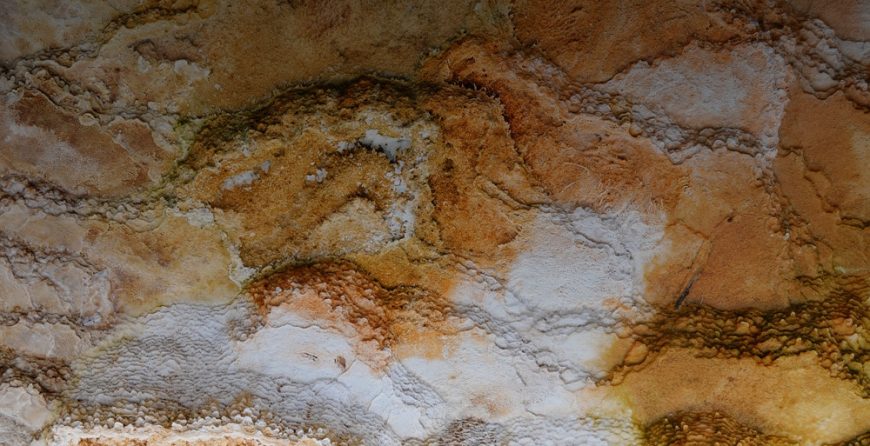 Much like the human body, your organic garden needs a healthy dose of vitamins and minerals to thrive. When you have both minerals and vitamins in your garden, they work together to improve the vitality of your plants, which creates delicious harvests for you.
Much like the human body, your organic garden needs a healthy dose of vitamins and minerals to thrive. When you have both minerals and vitamins in your garden, they work together to improve the vitality of your plants, which creates delicious harvests for you.
It’s true that your plants need elements such as nitrogen, phosphorus, potassium, and others to reach their full potential, but minerals play a big role in supporting their growth too.
When we leave minerals out of the garden, they never end up in our fruits and vegetables. As an organic gardener, no doubt you want to get the most out of the plants you consume. So soil mineralization should be toward the top of your priority list.
If you haven’t experimented with mineralization before, the good news is that it’s not that complicated. The best way to start is to use blended organic garden soil that has topsoil, compost, and granite dust. Granite dust is made of calcium, sodium, and potassium and is highly beneficial as a fertilizer. Place an inch of this mixture on top of your garden and work it lightly into the existing soil.
Now you’re at the mineralization point, but how can you tell what minerals you need and how much of each one to add?
Start with a soil test
Before adding any minerals to your soil, it’s important to determine which ones your garden needs. Unlike organic material that breaks down quickly, minerals behave quite differently. It’s easier to add minerals to a deficient soil rather than take them away. Since reducing a mineral level is not easy, you should start with a soil test.
Soil tests reveal your soil’s pH level as well as the existing mineral levels found within. Once you know your soil’s pH level, you’ll be able to determine how much of each mineral to add, if any. Soil that has a pH lower than 7.0 (neutral) lacks minerals. On the other hand, soil with a pH level higher than neutral is probably good on mineral levels.
To get a soil test, speak to your local lawn and garden center. They may know local resources that offer soil testing or can recommend an effective out-of-state lab. You can also reach out to private labs found online. When working with an online lab, their results will probably give you additional information regarding the minerals in your soil, which can be helpful.
Follow the test results
Once you get your results back, be sure to follow the guidelines provided. Once you add the suggested minerals in the recommended amounts you should be good to go. A good rule of thumb is to complete another soil test after a year since minerals decompose slowly.
Summary
If you’ve been gardening for a long time, you have your own routine down. Over the years you’ve seen bountiful harvests and some that were lacking. One of the easiest ways is to follow your intuition backed by your years of experience, but the year you mineralize your garden is the year you raise the bar.



You really make it appear really easy with your presentation however I find
this topic to be actually something that
I think I’d never understand. It sort of feels too complicated and very extensive for me.
I am looking ahead on your next submit, I will attempt
to get the grasp of it! Escape rooms
The type of products here are one of kind and have extensive R&D as the goal is to provide an excellent product that is unique.
Sam